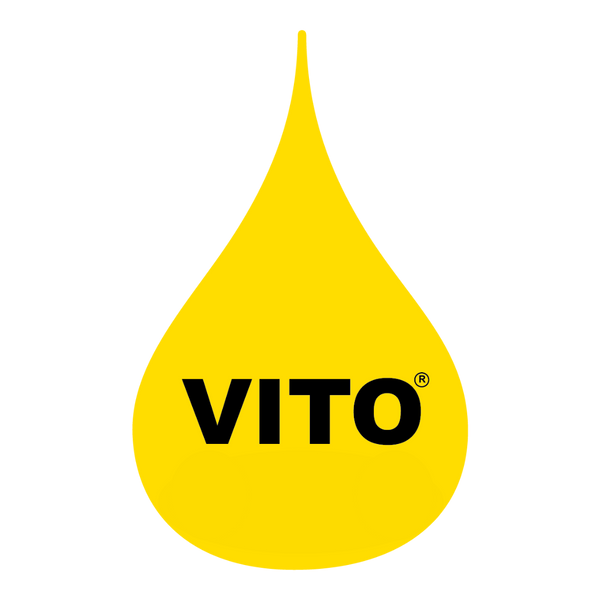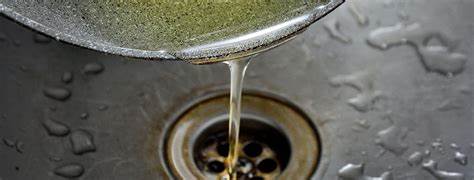
Can Cooking Oil Go Bad? A Practical Guide for Restaurant Owners
Share
Can Cooking Oil Go Bad? A Practical Guide for Restaurant Owners
So, can cooking oil go bad? Yes, it can. If you’ve ever been in the middle of a dinner rush and caught a whiff of something off in the kitchen, you know exactly what we’re talking about. Oil management might not be the most exciting part of running a restaurant, but it’s one of those things that can quietly affect everything else. Over the years, we’ve learned a few things about how to handle it—some lessons easier than others.
Why Oil Management Matters
We remember early on, working in a small fast food kitchen where everything was a bit of a scramble. We didn’t always have the time—or the know-how—to keep an eye on things like oil quality. It wasn’t until the complaints started that we realized something was off. The food didn’t taste quite right, and we were getting more than a few returns. It’s funny how you only start paying attention to things when they become a problem. That’s when we realized managing oil wasn’t just about changing it out; it was about understanding what’s happening with it.
The Advantages of Filtration with VITO
Not only can VITO help you save money by keeping your cooking oil fresh, but it also ensures that every dish leaving your kitchen tastes its best. That’s the power of VITO. We’ve seen firsthand how it extends the life of your oil—not just benefiting your bottom line, but also enhancing the quality of your meals.
VITO filtration is practical and effective. It’s simple to use and makes a real impact. By removing the tiny food particles that break down oil, VITO keeps your oil cleaner for longer. The result? Better-tasting food and fewer oil changes. One restaurant we worked with noticed their fries became crispier, and their oil usage dropped significantly.
VITO is all about working smarter, not harder. It’s designed to help you maintain high standards in your kitchen with minimal effort. Give VITO a try and experience the difference for yourself.
Checking Oil Quality: A Habit Worth Developing
Here’s a small habit that’s easy to overlook: checking your oil. We don’t mean a quick glance; we mean really checking it. Is it starting to look cloudy? Does it smell a bit off? It’s easy to ignore these signs when you’re busy, but it’s worth taking a moment.
If you’re not sure, there’s a tool that measures something called Total Polar Materials (TPM) in your oil. It’s a simple way to know if your oil is still good or if it’s time to change it. We picked one up after too many close calls with food that didn’t quite hit the mark, and it’s saved us a lot of second-guessing. While TPM measurement is a useful indicator of oil quality, it’s important to remember that not all oils behave the same way, and understanding the full context of your oil type and usage patterns will give you the best results.
References for Further Reading
-
Bockisch, M. (2015). Fats and Oils Handbook (Nahrungsfette und Öle). Springer.
- This handbook provides comprehensive coverage of fats and oils, including best practices for storage and handling.
- Link to Purchase or Access via Springer
-
Choe, E., & Min, D. B. (2007). Chemistry of Deep-Fat Frying Oils. Journal of Food Science, 72(5), R77-R86.
- This article examines the chemical changes in frying oils and how proper management can mitigate degradation.
- Read the Abstract on Wiley Online Library
-
Mellema, M. (2003). Mechanism and Reduction of Fat Uptake in Deep-Fat Fried Foods. Trends in Food Science & Technology, 14(9), 364-373.
- Discusses the degradation of oils during frying and the role of proper storage and filtration.
- Access via ScienceDirect
-
Saguy, I. S., & Dana, D. (2003). Integrated Approach to Deep Fat Frying: Engineering, Nutrition, Health, and Consumer Aspects. Journal of Food Engineering, 56(2-3), 143-152.
- Offers an integrated perspective on frying oil management, including the use of Total Polar Materials (TPM) as a quality indicator.
- Access via ScienceDirect
-
Firestone, D. (1999). Physical and Chemical Characteristics of Oils, Fats, and Waxes (2nd ed.). AOCS Press.
- This book details the physical and chemical properties of cooking oils and best practices for their management.
- Purchase via AOCS
-
Paul, S., & Mittal, G. S. (1997). Regulating the Use of Degraded Oil/Fat in Deep-Fat/Oil Food Frying. Critical Reviews in Food Science and Nutrition, 37(7), 635-662.
- A critical review on the regulation of oil usage in frying and the importance of monitoring oil quality.
- Access via Taylor & Francis
-
Stier, R. F. (2013). Improving Oil Life Through Filtration. Lipid Technology, 25(3), 59-61.
- Discusses various filtration technologies and their effectiveness in extending the life of frying oils.
- Access via Wiley Online Library
-
Blumenthal, M. M. (1991). A New Look at the Chemistry and Physics of Deep-Fat Frying. Food Technology, 45(2), 68-71.
- Offers an overview of the chemistry and physics involved in frying oils, with practical insights into management practices.
- Read the Article on IFT.org



